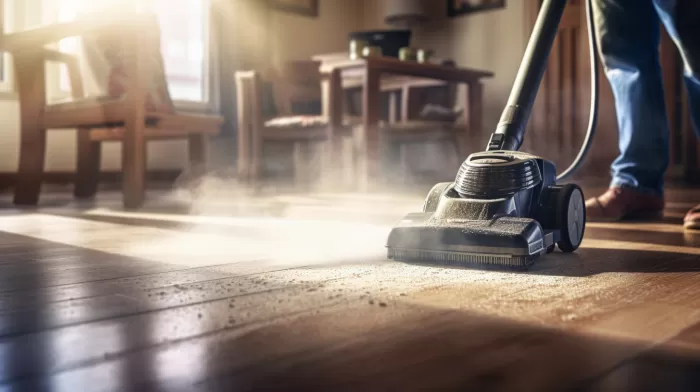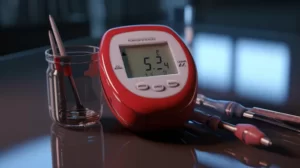Asthma sufferers, rejoice! Turns out, giving your house a thorough cleaning may significantly ease your breathing problems. How is this possible, you might ask? Well, research has shown that when you inhale proteins from bacteria found in house dust, it can trigger an allergic reaction, making your asthma symptoms worse.
Let’s dive into the science behind it and explore some practical tips to clean your house and alleviate asthma discomfort.
The Science: Bacterial Proteins and Asthma
Most asthma cases are of the allergic type, meaning the symptoms are caused largely by allergic reactions to inhaled substances. When you breathe in these substances, your body reacts as if they were harmful, causing inflammation and narrowing of the airways.
One such substance is a bacterial protein called flagellin. Although not an allergen itself, it can dramatically enhance allergic responses to true allergens. Flagellin is commonly found in house dust, and inhaling it can cause allergic asthma by priming your body to overreact to other indoor allergens.
Over 20 million Americans suffer from asthma, with around 4,000 deaths occurring each year from the disease. As a result, understanding the relationship between household cleanliness and asthma is crucial in managing and potentially reducing the severity of symptoms for asthma sufferers.
Deep Clean to Breathe Easy
Now that we know how bacteria can aggravate asthma symptoms, it’s essential to take measures to ensure your living space is clean and free from areas where bacteria and dust can accumulate.
- Dust like a pro – Use microfiber cloths to trap dust effectively instead of just pushing it around. Don’t forget to wipe down often-neglected areas like blinds, ceiling fans, and baseboards.
- Focus on your floors – Vacuum at least once a week to get rid of accumulating dust, dirt, and allergens. Invest in a vacuum cleaner with a HEPA (high-efficiency particulate air) filter to trap even the tiniest particles.
- Keep the air clean – If you don’t have one already, consider getting an air purifier with a HEPA filter. Remember to change the filters on your heating and cooling systems and air purifier regularly.
- Be mindful of your bedding – Dust mites are a common cause of allergic reactions, so ensure you wash your sheets and pillowcases once a week in hot water (at least 130°F). Encase your mattress and pillows with dust-mite-proof covers.
- Control the moisture – High humidity levels can encourage the growth of mold and dust mites. Aim for around 30-50% humidity in your home, and make use of dehumidifiers or air conditioning units when necessary. Fix any leaks or damp spots to prevent mold growth.
- Watch out for hidden allergens – Moisture can cause mold buildup in hidden areas like under carpets, behind furniture, or inside walls. Be vigilant in monitoring and cleaning these areas.
- Minimize pet dander and hair – If you have pets, ensure they’re regularly groomed and bathed to reduce dander and hair. Consider keeping your bedroom pet-free to create a clean sleeping environment.
- Opt for hard flooring – If you struggle to keep carpeted areas clean, consider replacing wall-to-wall carpeting with a solid surface like wood or tile flooring. These surfaces are easier to keep dust-free, making it a more asthma-friendly option.
- Mind the clutter – Dust can accumulate on various household items, so keep clutter to a minimum. Store books, magazines, and other knickknacks in closed containers to prevent dust buildup.
Make it a Way of Life
Keeping your house clean and free from bacteria and dust can go a long way in reducing asthma symptoms and creating a healthier living environment for you and your family. Start working on these house-cleaning habits today and take your first step towards breathing easy and living a more comfortable, asthma-free life.



